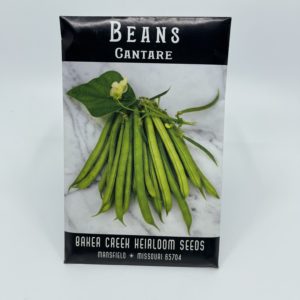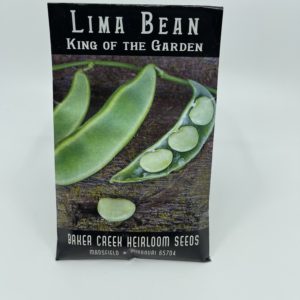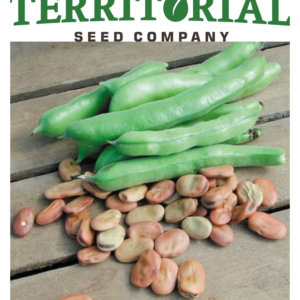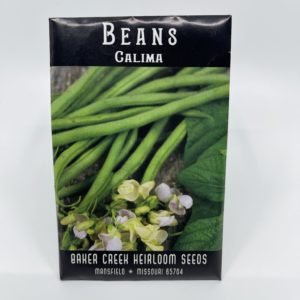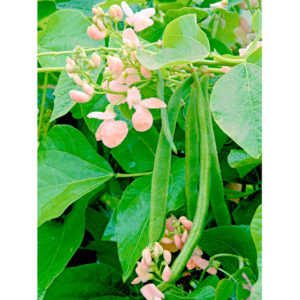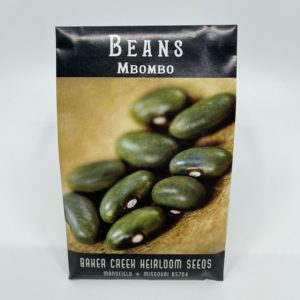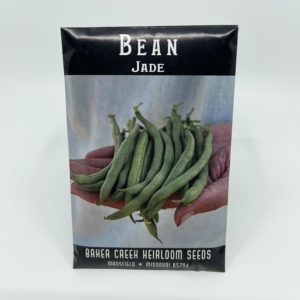فول عضوي
2,750 د.ك
Farmers of the Mediterranean region and Northern Africa have been cultivating the fava bean for thousands of years; some historians date this bean back to the Bronze Age and the ruins of Troy. Originally raised as cattle fodder, fava beans soon became a staple all over the world. Ancient tradition viewed the fava bean as a good luck symbol of sorts, as farmers would keep them to ensure a good crop next year. Housewives kept them in their pantries with the belief that this would prevent loss of the necessities of life. Though well known in the culinary establishments of Europe, and a favorite in England, the fava bean is just beginning its journey to America.
Latin Name: Vicia fava
Type: Open Pollinated, Heirloom, Cool Season
USDA Zones: 3, 4, 5, 6, 7, 8, 9, 10, 11, 12
Seeds per Ounce: 24
Planting Method: Direct Sow
Sunlight: Full Sun
Height: 40 Inches
Color: Green
Sowing: Since fava beans prefer cool temperatures and can survive temperatures down to 15F, plant them very early in spring as soon as the ground can be worked. These plants do not do well in heat, so some gardeners in warmer regions plant them in the fall for a late winter crop, overwinter them, and get another crop in early spring. Place the seeds 1.5″ deep in the ground and about 6″ apart, in rows about 1-3′ apart. This plant can thrive in poor soil, so no fertilization is necessary. Germination usually takes place in 7-15 days.
Growing: As the plants grow, keep the soil moist. As the pods develop, the plants grow heavy and may need to be supported with stakes to prevent breakage. Watch out for aphids, and immediately remove the infected parts of the plant. Fava beans have a good chance of surviving the winter in climates as cold as Zone 6.
Harvesting: Look for shiny, thick green pods. The pods will need to be discarded and the outer husk removed from the bean itself, though smaller beans are sometimes tender enough to eat without husking. For dry beans, wait to harvest them until the pods are black.
Seed Saving: Varieties of lima, runner, or fava beans will cross pollinate. To prevent cross pollination, isolate the plants you are saving for seed from these other varieties by at least a half a mile. Wait until the pods are black and the seeds are completely dry before removing them from the plant. Allow the seeds to dry completely before storing them in an open container or in the freezer to prevent molding. Since your saved seeds have not been treated and may not keep well, expect somewhat lower germination rates.
غير متوفر في المخزون






